Unclogging a Bathroom Sink Drain
Dealing with a clogged bathroom sink drain can be frustrating and inconvenient. Not only does it prevent you from using the sink, but it can also lead to unpleasant odors and possible water damage. Fortunately, unclogging a bathroom sink drain is a relatively simple task that you can do yourself with a few basic tools and techniques.
How to Clear a Clogged Bathroom Sink Drain
Before you start unclogging your bathroom sink drain, it's important to understand the cause of the clog. Hair, soap scum, and toothpaste residue are common culprits. If you have a pop-up drain stopper, it may also be collecting debris that can contribute to a clog. Once you identify the cause, you can choose the appropriate method to clear the clog.
DIY Bathroom Sink Drain Clog Remedy
If you prefer to use natural remedies, there are a few options for unclogging a bathroom sink drain. One method is to pour a mixture of baking soda and white vinegar down the drain, followed by hot water. The chemical reaction between the two ingredients can help break up the clog. You can also try using a plunger to create suction and dislodge the clog.
Simple Steps to Fix a Clogged Bathroom Sink Drain
If you have a pop-up drain stopper, you will first need to remove it to access the drain. This can usually be done by unscrewing the cap or pulling on the stopper. Next, use a plumber's snake or a straightened wire hanger to reach into the drain and remove any debris. Once the clog is cleared, you can reattach the stopper and run hot water to flush out any remaining residue.
Troubleshooting a Clogged Bathroom Sink Drain
If these methods do not work, there may be a more serious issue with your bathroom sink drain. Hard water deposits or tree roots can also cause clogs that require professional assistance to clear. In these cases, it's best to call a plumber who can use specialized tools and techniques to remove the clog and prevent future issues.
Tips for Preventing a Clogged Bathroom Sink Drain
To avoid dealing with a clogged bathroom sink drain in the future, there are a few preventative measures you can take. Use a drain strainer to catch hair and debris before it goes down the drain. Regularly clean your drain stopper to remove any buildup. You can also pour hot water down the drain once a week to help dissolve any potential clogs.
Common Causes of a Clogged Bathroom Sink Drain
Understanding the common causes of a clogged bathroom sink drain can help you take preventative measures. As mentioned, hair, soap scum, and toothpaste residue are common culprits. However, flushing items like cotton balls, dental floss, and facial wipes down the drain can also lead to clogs. Avoid using chemical drain cleaners as they can damage your pipes over time.
Professional Solutions for a Clogged Bathroom Sink Drain
If you are unable to clear a clogged bathroom sink drain on your own, it's best to seek professional help. A licensed plumber will have the necessary tools and expertise to effectively remove the clog without damaging your pipes. They can also provide advice on how to prevent future clogs and maintain your bathroom sink drain.
Natural Remedies for a Clogged Bathroom Sink Drain
If you prefer to use natural remedies, there are a few options for unclogging a bathroom sink drain. One method is to pour a mixture of baking soda and white vinegar down the drain, followed by hot water. The chemical reaction between the two ingredients can help break up the clog. You can also try using a plunger to create suction and dislodge the clog.
How to Use a Plunger to Clear a Clogged Bathroom Sink Drain
If you have a plunger on hand, it can be a useful tool for unclogging a bathroom sink drain. First, make sure there is enough water in the sink to cover the rubber part of the plunger. Then, place the plunger over the drain and push down gently. Pull up on the plunger to create suction and continue this motion until the clog is dislodged. Flush the drain with hot water to clear any remaining debris.
Why a Clogged Drain in Your Bathroom Sink Can Be a Major Problem

The Importance of a Functioning Drain in Your Bathroom Sink
:max_bytes(150000):strip_icc()/freshen-and-unclog-drain-with-baking-soda-1900466-22-bbf940b70afa4d5abef0c54da23b1d3f.jpg) Drain clogs
in the
bathroom sink
are a common household issue that can cause major headaches for homeowners. Not only can a clogged drain be a major inconvenience, but it can also lead to more serious plumbing problems if left untreated. It's important to understand the importance of a functioning drain in your bathroom sink and how to prevent and address clogs to keep your home running smoothly.
Drain clogs
in the
bathroom sink
are a common household issue that can cause major headaches for homeowners. Not only can a clogged drain be a major inconvenience, but it can also lead to more serious plumbing problems if left untreated. It's important to understand the importance of a functioning drain in your bathroom sink and how to prevent and address clogs to keep your home running smoothly.
The Causes of a Clogged Drain in Your Bathroom Sink
 There are several reasons why a
drain
in your
bathroom sink
may become
clogged
. One of the most common causes is a build-up of hair, soap scum, and other debris that accumulates over time. This build-up can create a blockage in the drain, preventing water from flowing freely. Another common cause is the incorrect disposal of items such as cotton balls, dental floss, and hygiene products, which can get stuck in the drain and cause a clog.
There are several reasons why a
drain
in your
bathroom sink
may become
clogged
. One of the most common causes is a build-up of hair, soap scum, and other debris that accumulates over time. This build-up can create a blockage in the drain, preventing water from flowing freely. Another common cause is the incorrect disposal of items such as cotton balls, dental floss, and hygiene products, which can get stuck in the drain and cause a clog.
The Consequences of a Clogged Drain
 A clogged drain in your bathroom sink may seem like a minor inconvenience, but it can lead to more serious problems if not addressed. The standing water in the sink can become a breeding ground for bacteria and mold, which can be harmful to your health. Additionally, the excess water can cause damage to your sink and surrounding areas, leading to costly repairs. If the clog is not taken care of promptly, it can also affect the functioning of other plumbing fixtures in your home.
A clogged drain in your bathroom sink may seem like a minor inconvenience, but it can lead to more serious problems if not addressed. The standing water in the sink can become a breeding ground for bacteria and mold, which can be harmful to your health. Additionally, the excess water can cause damage to your sink and surrounding areas, leading to costly repairs. If the clog is not taken care of promptly, it can also affect the functioning of other plumbing fixtures in your home.
Prevention and Treatment of Drain Clogs
 The best way to prevent a clogged drain in your bathroom sink is to be mindful of what you put down it. Avoid disposing of items that can easily get stuck in the drain, and regularly clean out any visible debris to prevent build-up. If you do encounter a clog, there are several
DIY
methods you can try, such as using a plunger or a drain snake. However, for more stubborn clogs, it's best to call a professional plumber to avoid any further damage to your plumbing system.
The best way to prevent a clogged drain in your bathroom sink is to be mindful of what you put down it. Avoid disposing of items that can easily get stuck in the drain, and regularly clean out any visible debris to prevent build-up. If you do encounter a clog, there are several
DIY
methods you can try, such as using a plunger or a drain snake. However, for more stubborn clogs, it's best to call a professional plumber to avoid any further damage to your plumbing system.
In Conclusion
 A clogged drain in your bathroom sink may seem like a minor issue, but it can quickly escalate into a major problem if not dealt with properly. By understanding the causes and consequences of a clogged drain, and taking preventative measures, you can ensure that your bathroom sink remains functioning and free of any clogs. Remember, if you encounter a clog that you can't handle on your own, it's always best to call a professional for assistance. Don't let a clogged drain disrupt your daily routine and keep your home running smoothly.
A clogged drain in your bathroom sink may seem like a minor issue, but it can quickly escalate into a major problem if not dealt with properly. By understanding the causes and consequences of a clogged drain, and taking preventative measures, you can ensure that your bathroom sink remains functioning and free of any clogs. Remember, if you encounter a clog that you can't handle on your own, it's always best to call a professional for assistance. Don't let a clogged drain disrupt your daily routine and keep your home running smoothly.














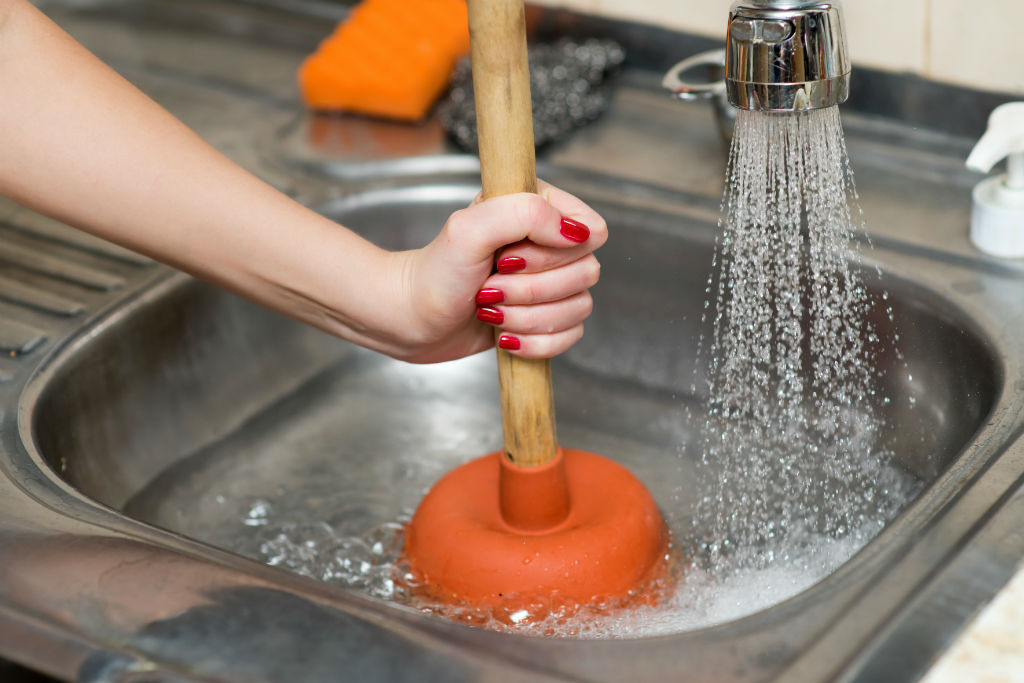






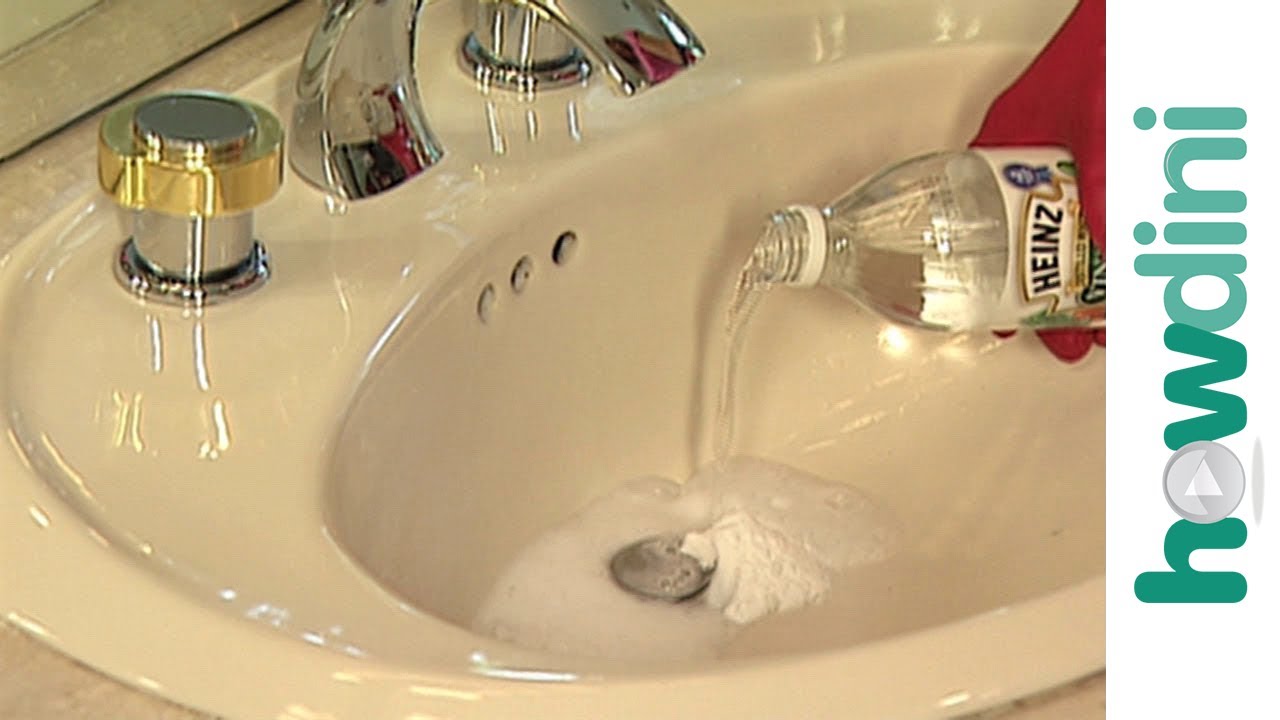










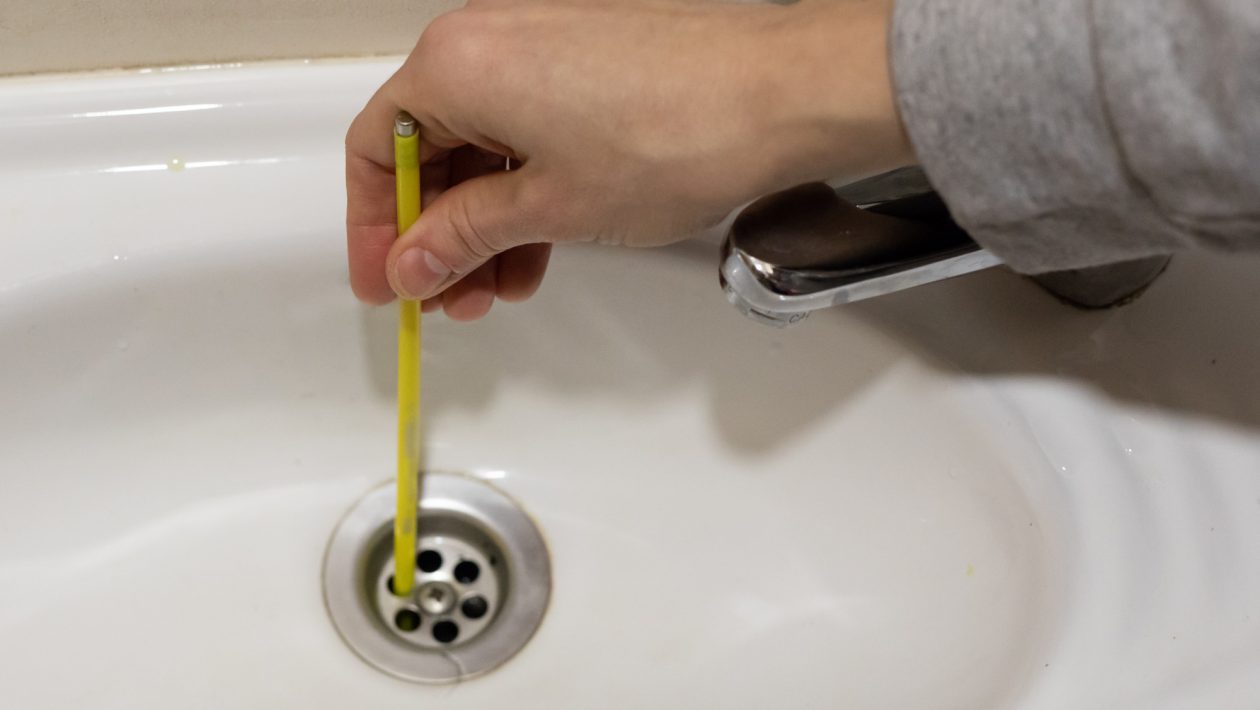
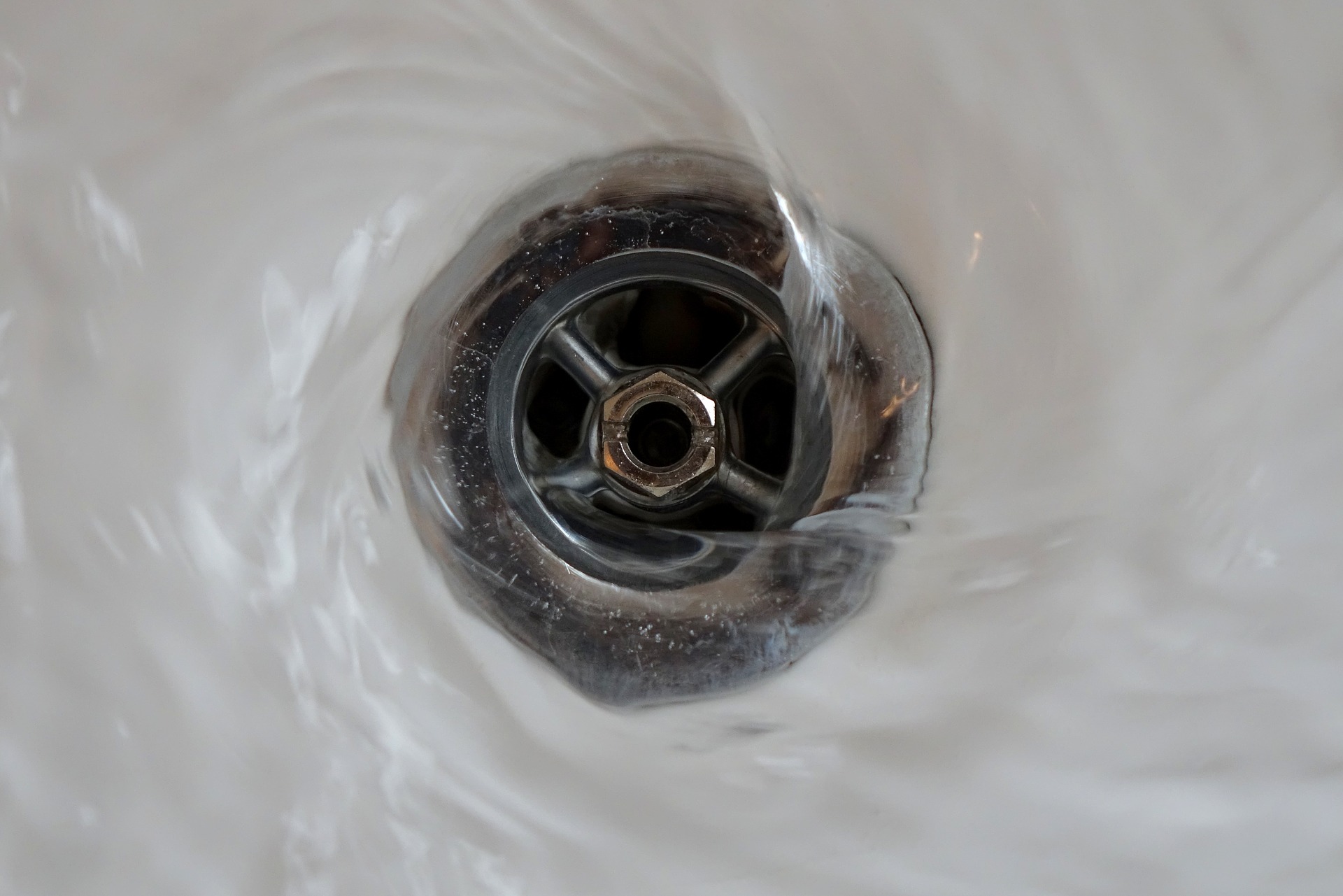





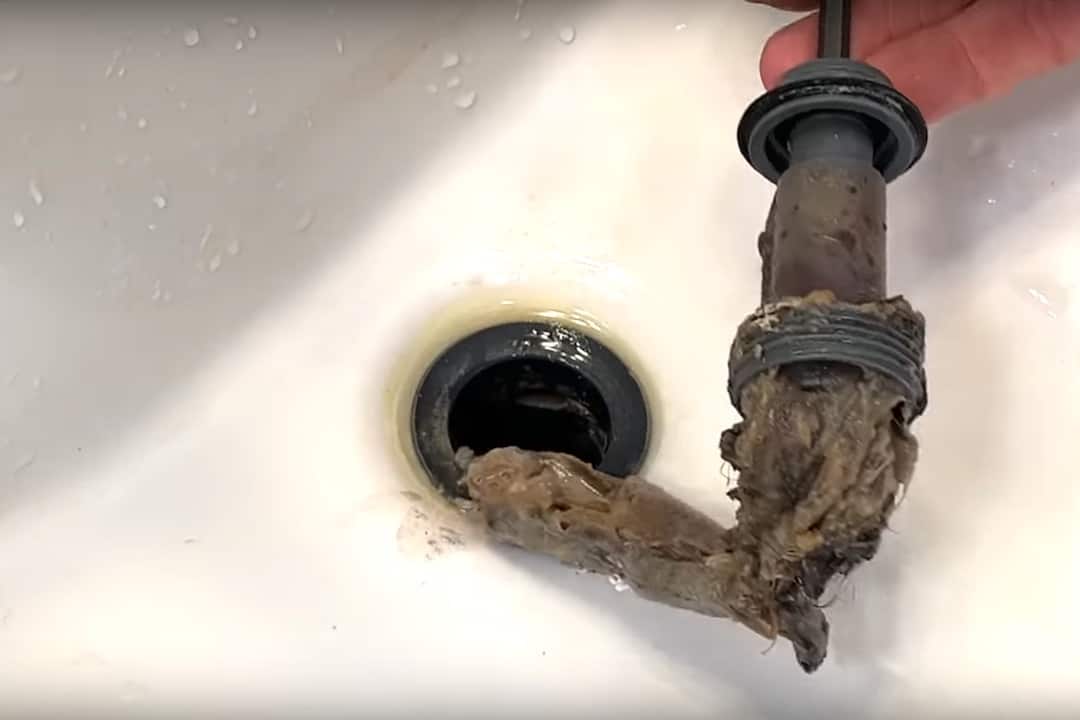
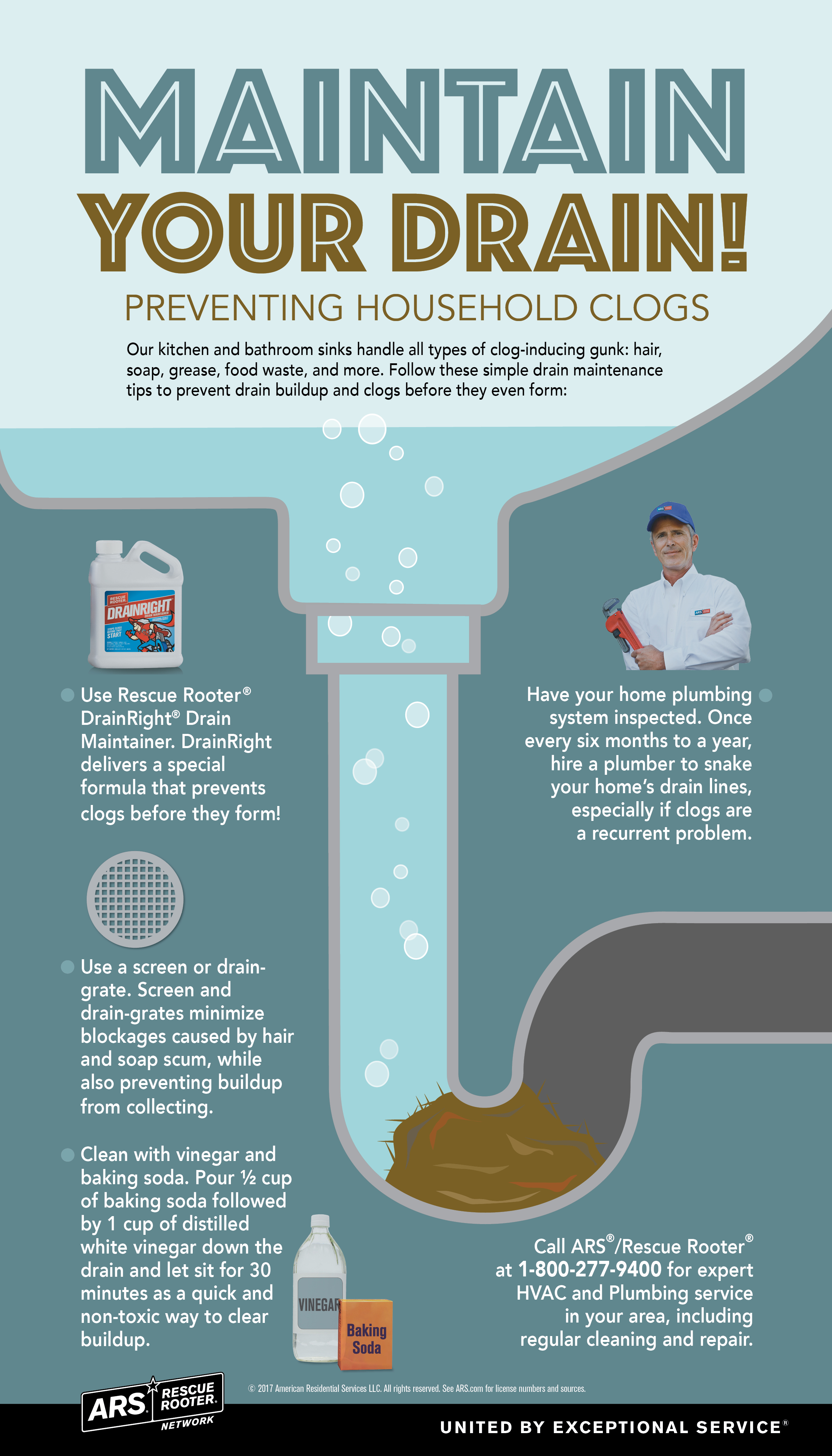



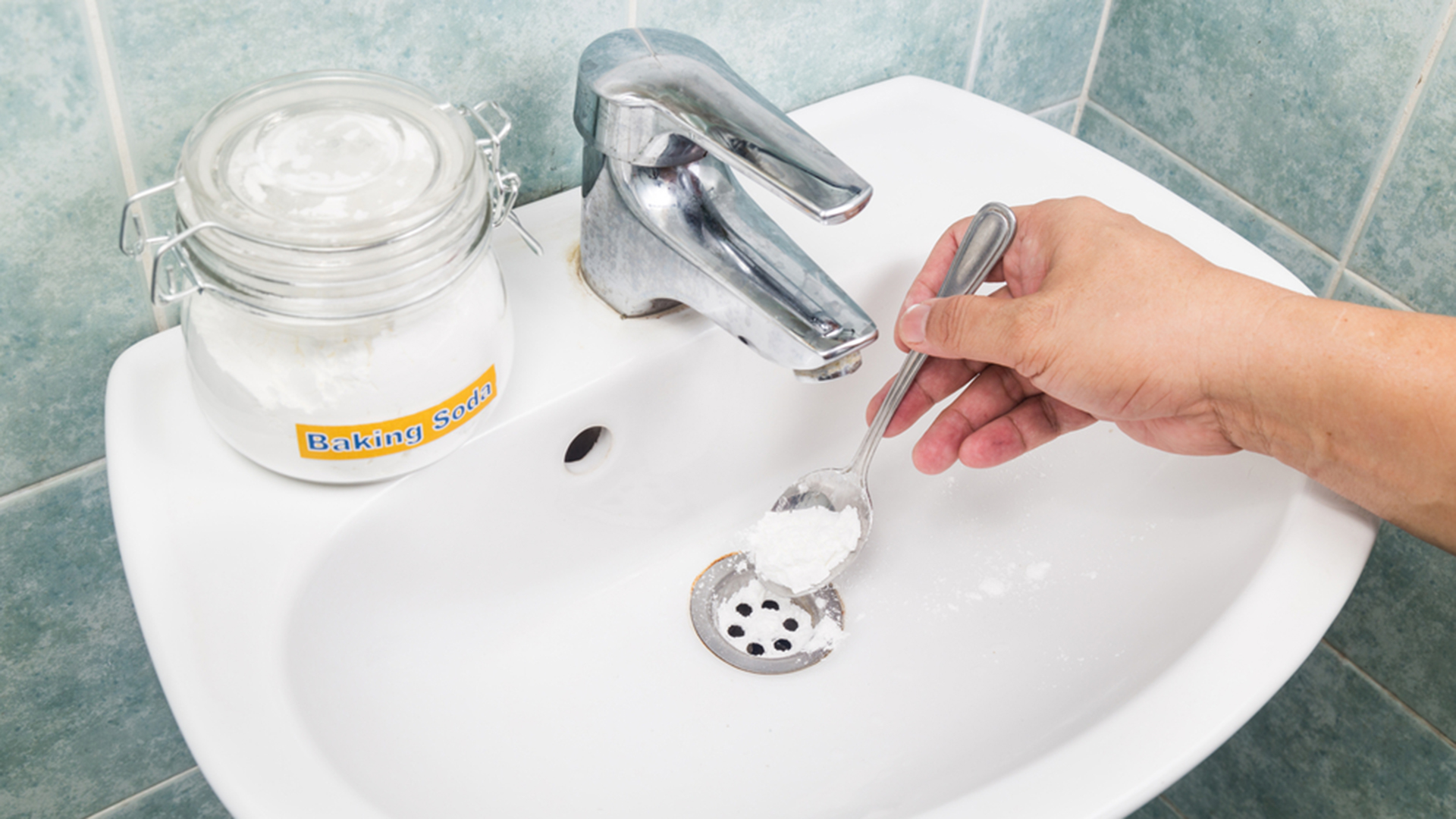






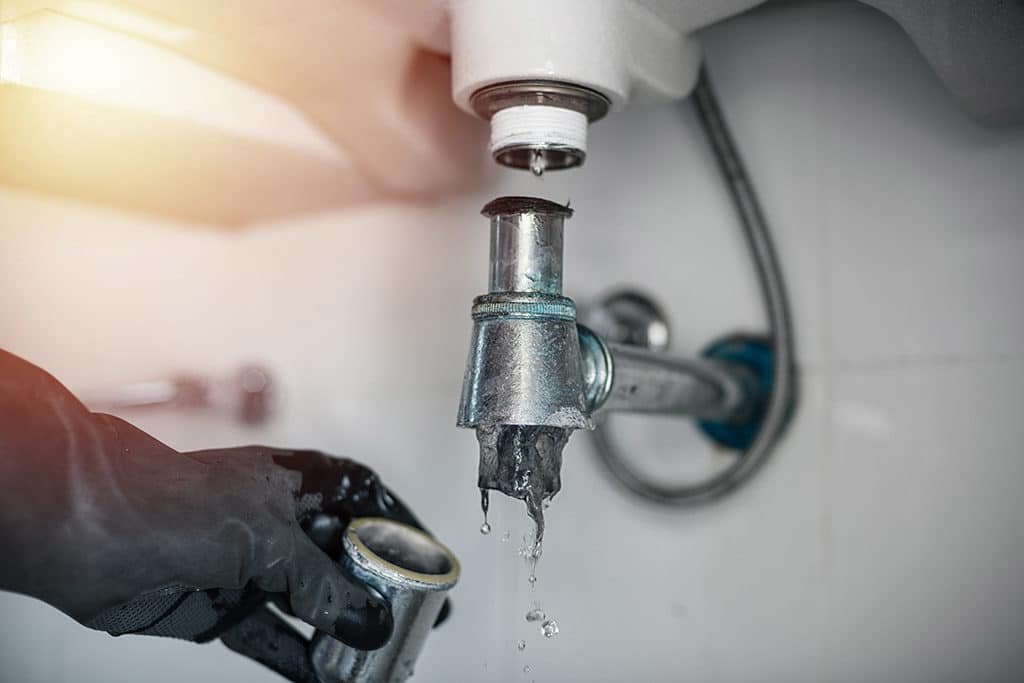
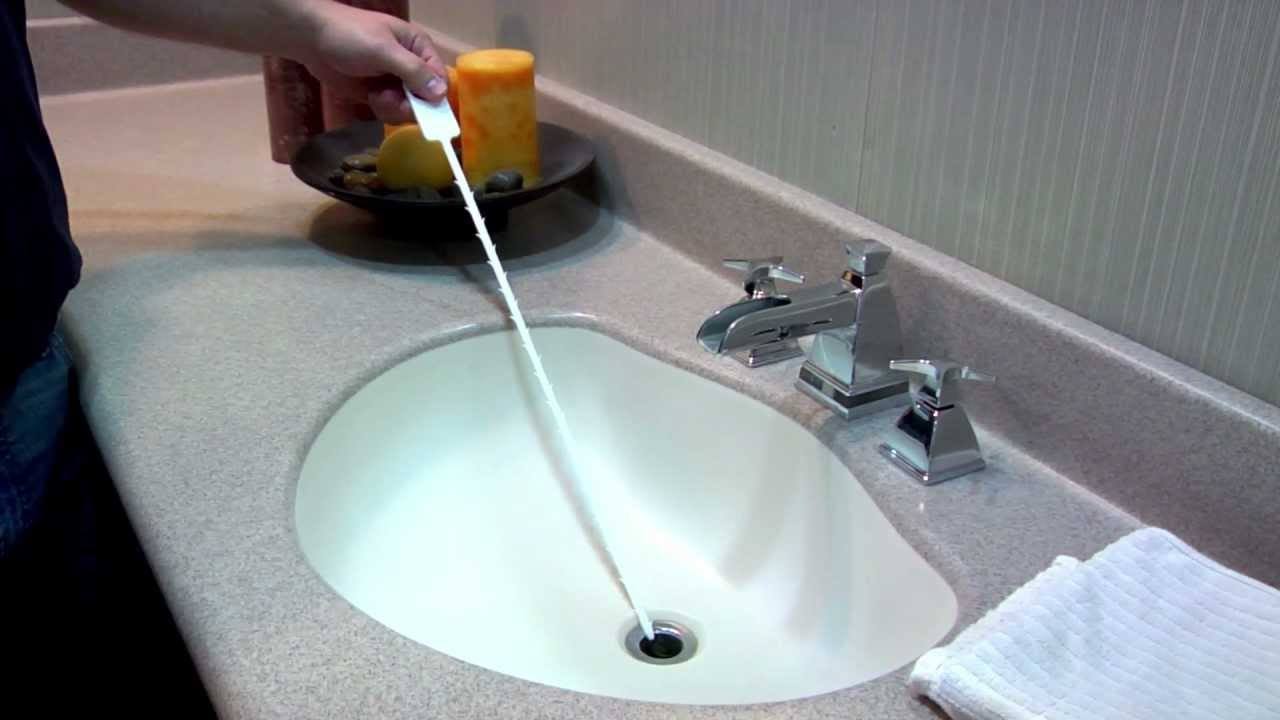
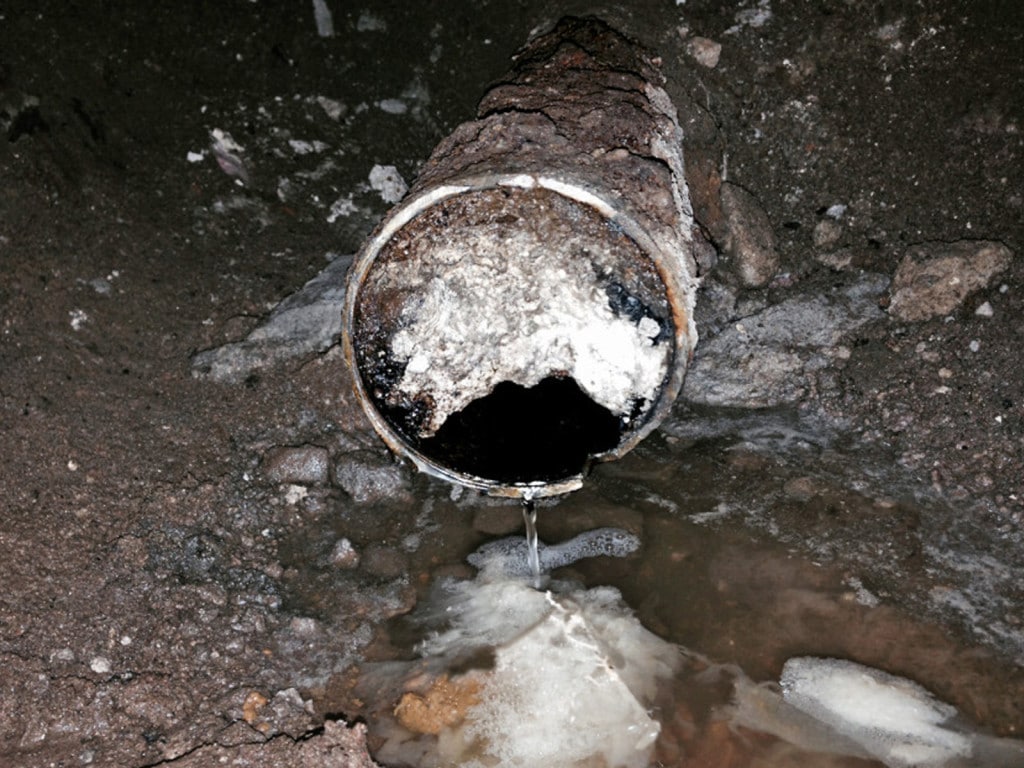









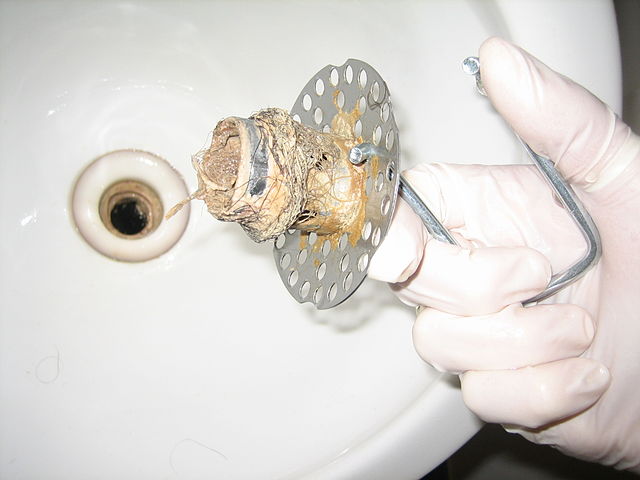


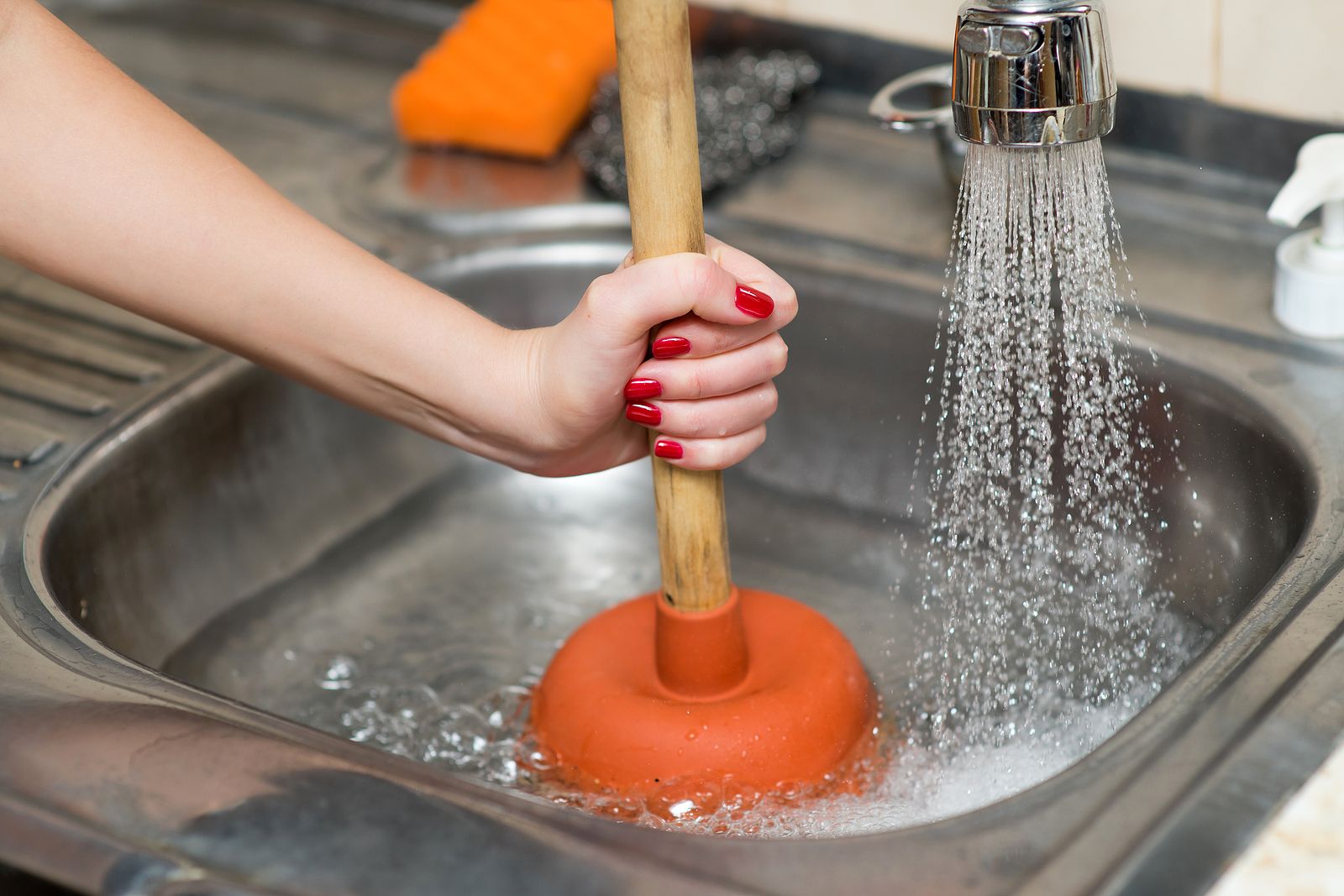



/close-up-of-overflowing-bathroom-sink-90201417-579787783df78ceb865822d8.jpg)



